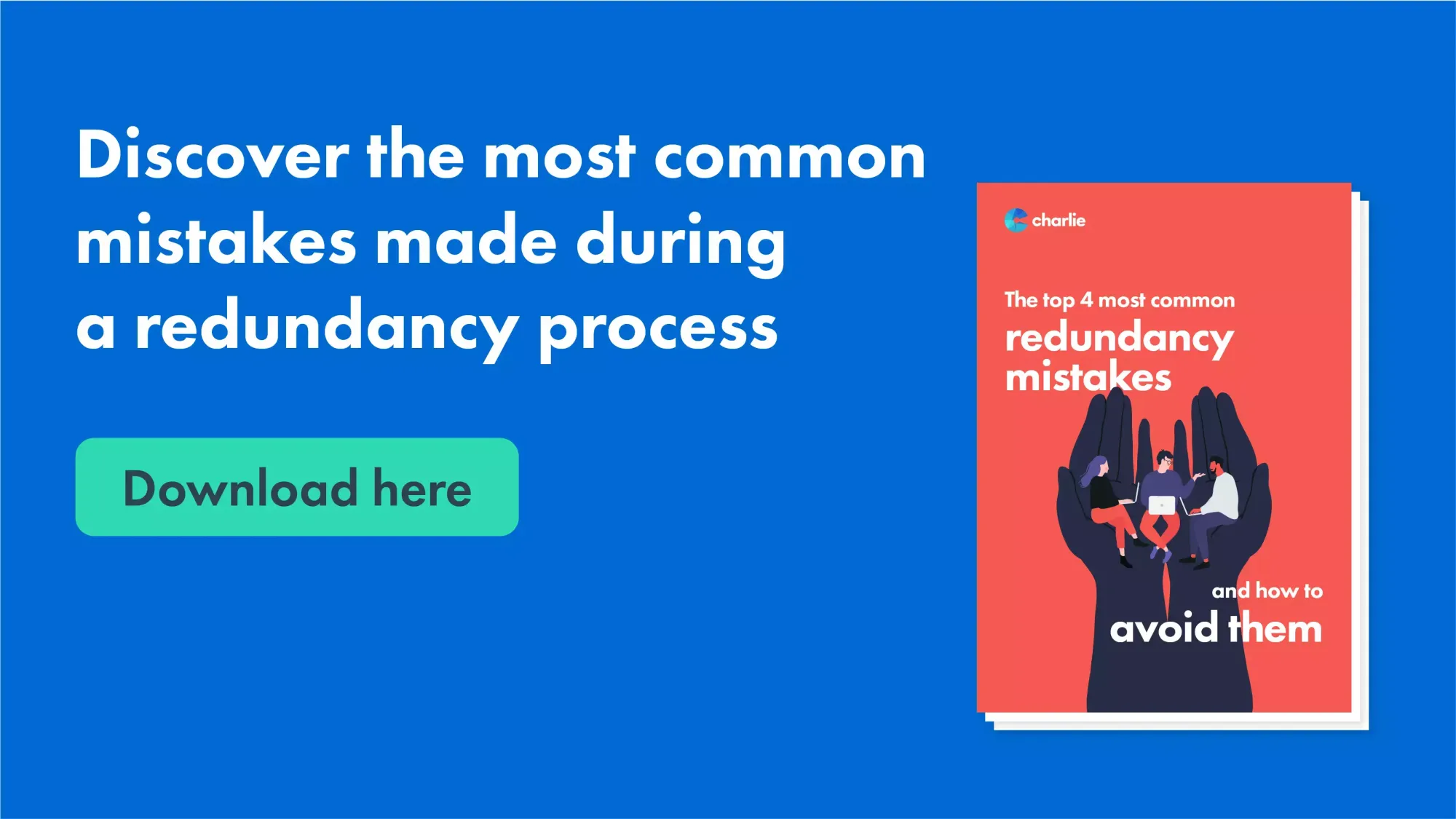Who Pays Redundancy Money? Comprehending Company Duties in the UK
Who Pays Redundancy Money? Comprehending Company Duties in the UK
Blog Article
Discovering the Operational Characteristics of Business Redundancy and Its Long-Term Sustainability

Redundancy Techniques for Organization Continuity
In order to make sure continuous operations, businesses must carry out effective redundancy strategies for business continuity. Redundancy in this context describes the replication of critical elements or features within a system to minimize the influence of prospective failures. By integrating redundancy methods, organizations can improve their resilience against disruptions brought on by numerous aspects such as natural catastrophes, devices failures, or cyber-attacks.
One typical redundancy strategy is the implementation of back-up systems and information storage remedies. This includes producing duplicates of necessary data and systems that can be triggered in instance of a primary system failing. Furthermore, organizations can develop redundant communication networks and source of power to preserve connection and procedures throughout unanticipated occasions.
In addition, cross-training employees to perform numerous roles within the company can act as a useful redundancy technique. This makes certain that vital jobs can still be brought out also if key employees are unavailable due to disease or other factors. Generally, reliable redundancy strategies are necessary for companies to copyright operational connection and reduce the impact of prospective disturbances.
Influence of Redundancy on Organizational Resilience
Offered the important duty redundancy techniques play in ensuring service connection, exploring the influence of redundancy on organizational resilience comes to be necessary for recognizing the all natural functional characteristics of a firm. Organizational strength describes an entity's capacity to adapt to interruptions, recover from setbacks, and change when needed while maintaining core features. Redundancy, when strategically carried out, can considerably contribute to boosting a company's resilience in the face of unexpected difficulties. By having back-up systems, personnel, or processes in position, firms can much better endure shocks and proceed operations with minimal disturbance.
In addition, redundancy can reinforce staff member morale and self-confidence, knowing that there are backup strategies in location to deal with unanticipated circumstances. This complacency can cause boosted performance and a more favorable workplace. Furthermore, redundancy can foster innovation and creativity within an organization as staff members really feel equipped to take computed risks, knowing that there is a safety internet to support them in case of failing. On the whole, the influence of redundancy on organizational durability is profound, forming the long-term sustainability and success of a business.
Stabilizing Performance and Flexibility in Redundancy
Attaining an unified balance between functional efficiency and flexible versatility is a pivotal difficulty in the strategic implementation of redundancy within companies. As well much versatility without a solid operational structure can result in inadequacies and incongruity.
To balance performance and adaptability in redundancy planning, organizations have to carefully evaluate their functional demands, market characteristics, and tactical objectives. Ultimately, finding the right balance between performance and adaptability is vital for developing a lasting and resilient organization in the face of uncertainty.
Long-Term Sustainability With Redundancy Planning
To make sure enduring stability and stability, organizations have to strategically align their redundancy planning with long-lasting sustainability goals, therefore integrating functional effectiveness with adaptive flexibility. Long-lasting sustainability via redundancy planning entails more than simply temporary cost-cutting procedures. It More Info requires a detailed strategic technique that expects future obstacles and chances. Companies need to view redundancy not as a reactive remedy to prompt problems yet as a positive method for lasting success. By incorporating redundancy preparation with sustainability purposes, organizations can create a resistant structure that can endure different market variations and interior modifications.

Proactive Steps for Lasting Company Procedures
Just how can companies proactively improve their operational sustainability for long-lasting success? Applying positive measures is vital for firms aiming to make certain sustainable operations. One crucial technique is to purchase modern technology and development to simplify processes, reduce waste, and stay affordable in the marketplace. Taking on sustainable techniques such as lowering energy usage, lessening carbon impact, and maximizing resource use can not only profit website link the environment however also bring about set you back financial savings in the future.
Additionally, fostering a culture of continual improvement and knowing within the company can enhance adaptability to altering market problems and customer demands. Encouraging worker participation in decision-making procedures and providing chances for professional advancement can increase morale, performance, and total performance. Establishing clear objectives, checking crucial performance signs, and regularly evaluating progress are essential parts of positive sustainability monitoring.
Teaming up with providers, consumers, and various other stakeholders to advertise sustainable techniques throughout the supply chain can create a surge effect of favorable effect - redundancy pay if company goes bust. By taking aggressive steps towards operational sustainability, business can construct durability, drive technology, and protect their lasting success in an ever-evolving service landscape
Final Thought

In the world of organizational monitoring, the strategic release of business redundancy stands as an essential yet elaborate method that necessitates a fragile balance between functional effectiveness and long-term practicality. By studying the operational dynamics that underpin firm redundancy and assessing its wider ramifications for business strength and versatility, a nuanced understanding of how redundancy strategies can form the future trajectory of a firm begins to unravel.Given the essential role redundancy strategies play in ensuring service continuity, checking out the influence of redundancy on business strength ends up being crucial for recognizing the holistic operational characteristics of a company. In general, the impact of redundancy on organizational resilience is extensive, forming the long-term sustainability and success of a firm.
In conclusion, see here understanding the operational dynamics of company redundancy is essential for making sure long-term sustainability.
Report this page